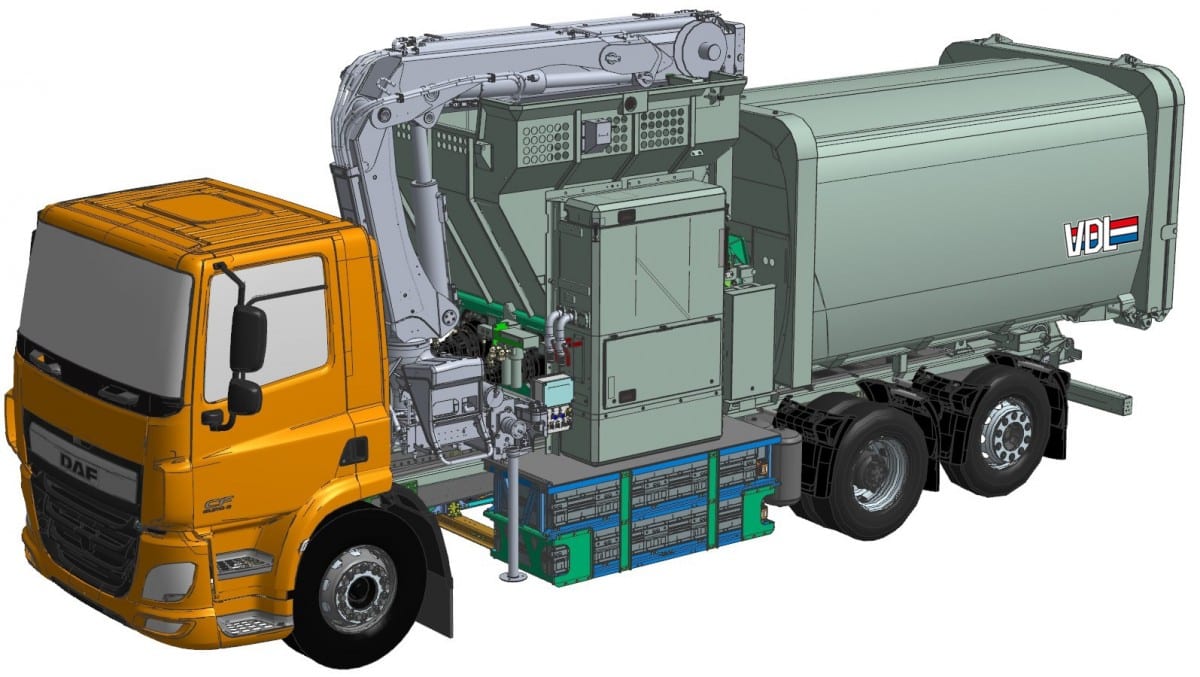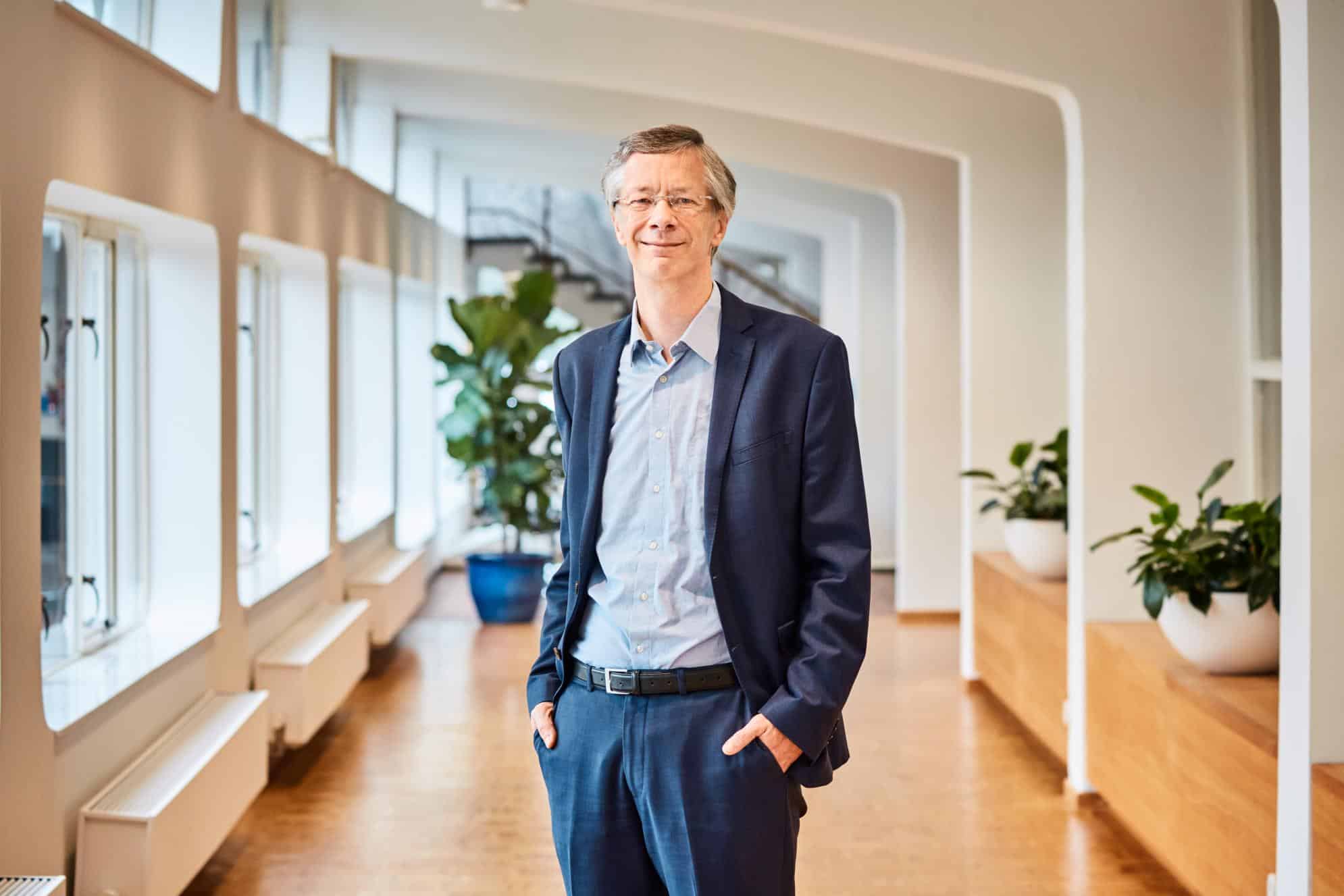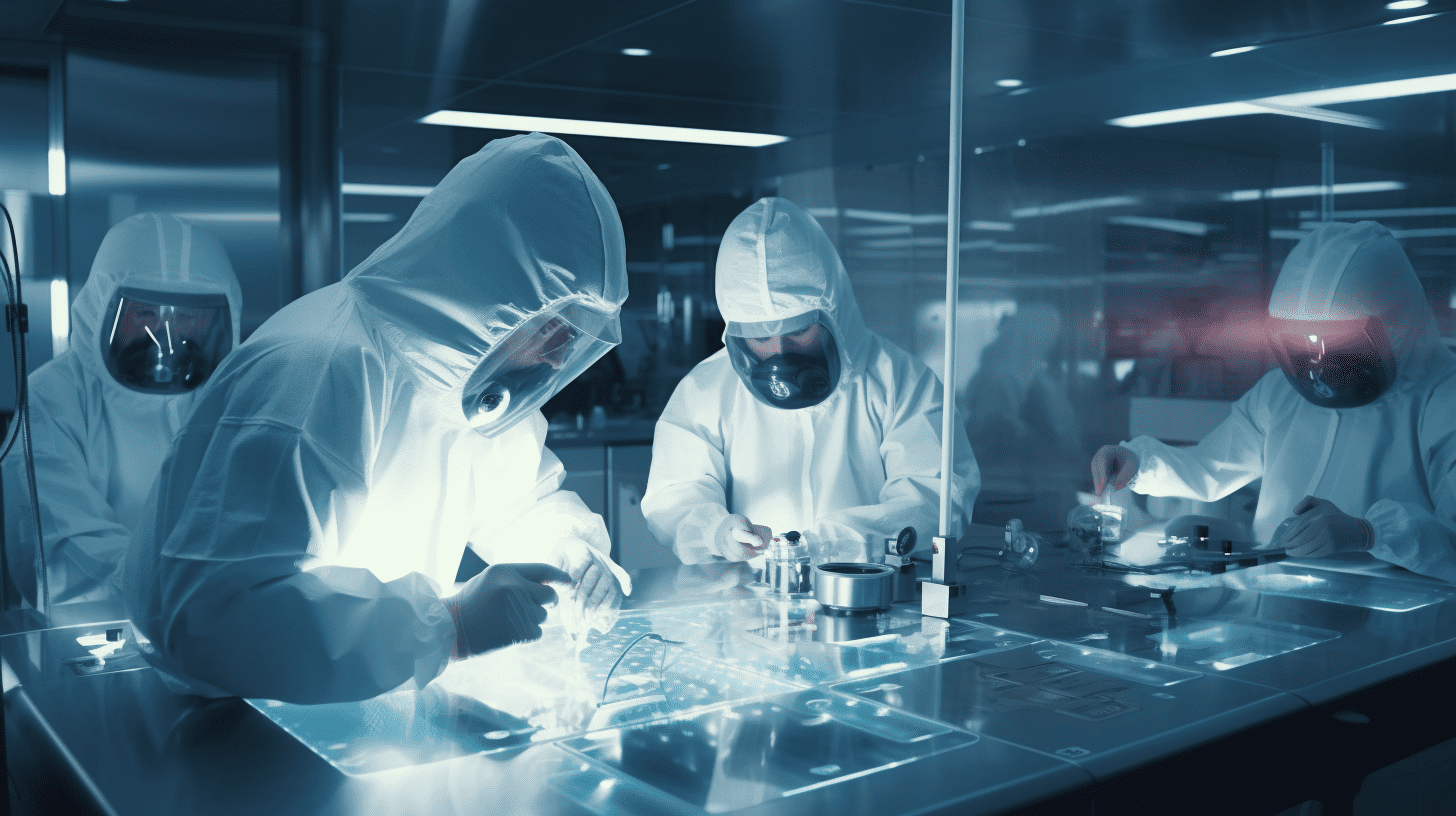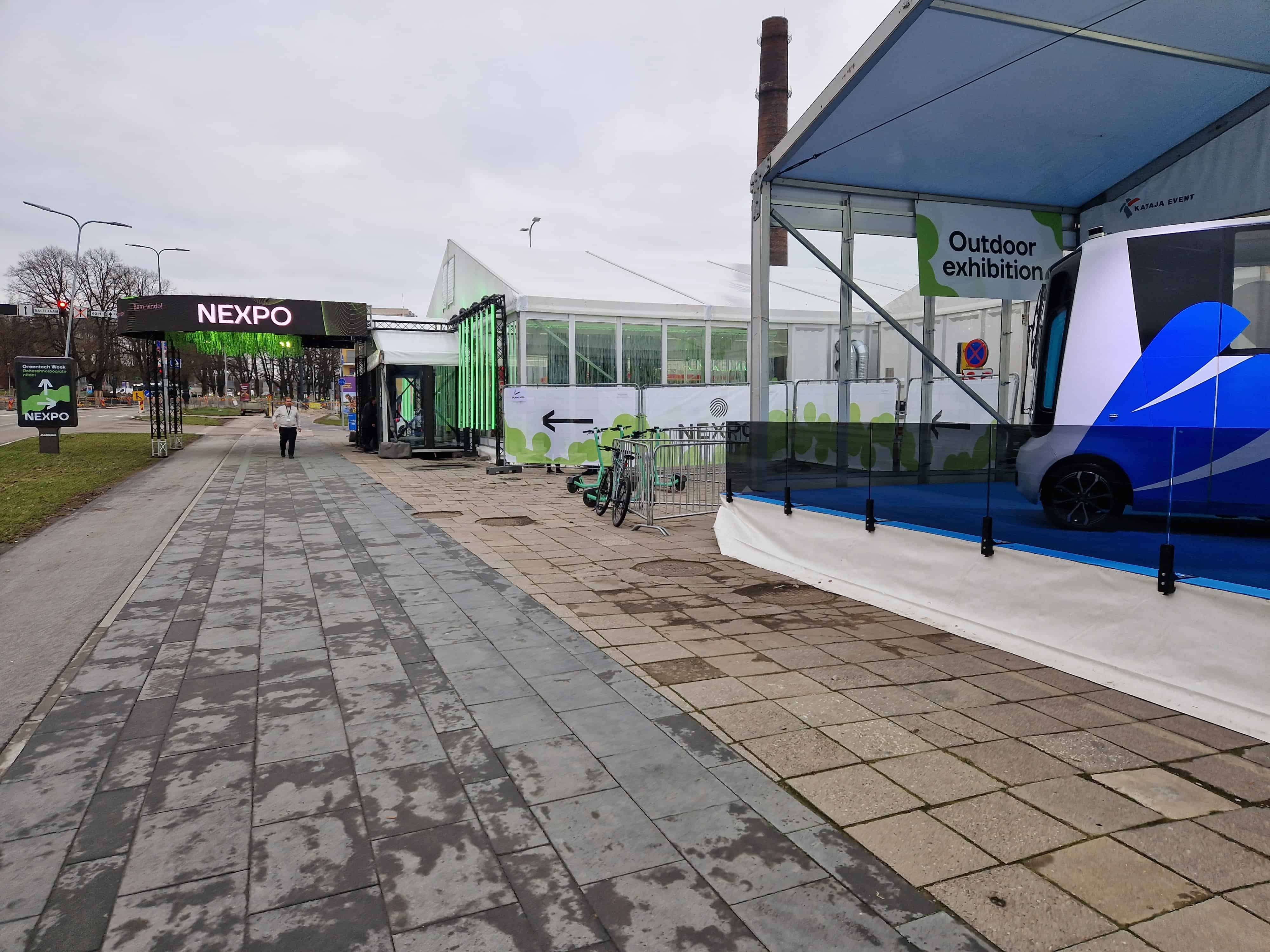
VDL Translift develops four electric vehicles for the purpose of collecting waste. The first garbage will be collected later this year in cooperation with three Dutch public waste collectors. In addition to VDL and the three waste collectors, the Dutch research institute TNO is also part of this living lab project. They will use the knowledge and experience gained from this pilot to draw up a plan outlining how the sector can scale up the electrical waste collection and make it fully sustainable.
Currently, 6 per cent of the CO2 emissions in Dutch cities comes from waste collection, the garbage trucks drive relatively short distances, but stand still a lot and have to repeatedly get moving again. This leads to inefficient use of a conventional diesel engine, resulting in high fuel consumption and high emissions. The great advantage of an electric garbage truck is that no harmful substances are emitted and that the vehicle does not cause any noise pollution.
VDL Translift, a manufacturer of waste processing solutions and containers, combines the knowledge of its own produced products with the knowledge gained by VDL with electric city buses and electric trucks for the development of the collection vehicles. In addition to the waste collectors and VDL, the Netherlands Enterprise Agency (RVO) contributes financially.
Future
VDL supplies fast loading stations so that the four trucks can drive their collection routes as efficiently as possible. The cars can be recharged within half an hour and on a full battery, they drive about 100 kilometres. Halfway through this year, the first electric waste collection vehicles will have to pick up garbage. If the pilot turns out well, the intention is that these cars will be produced in series in 2020.








